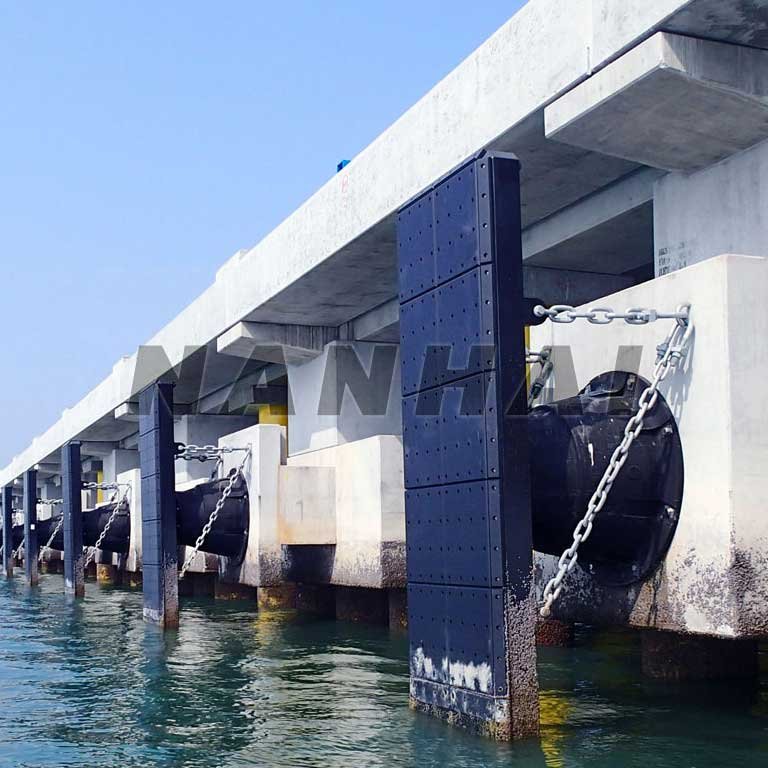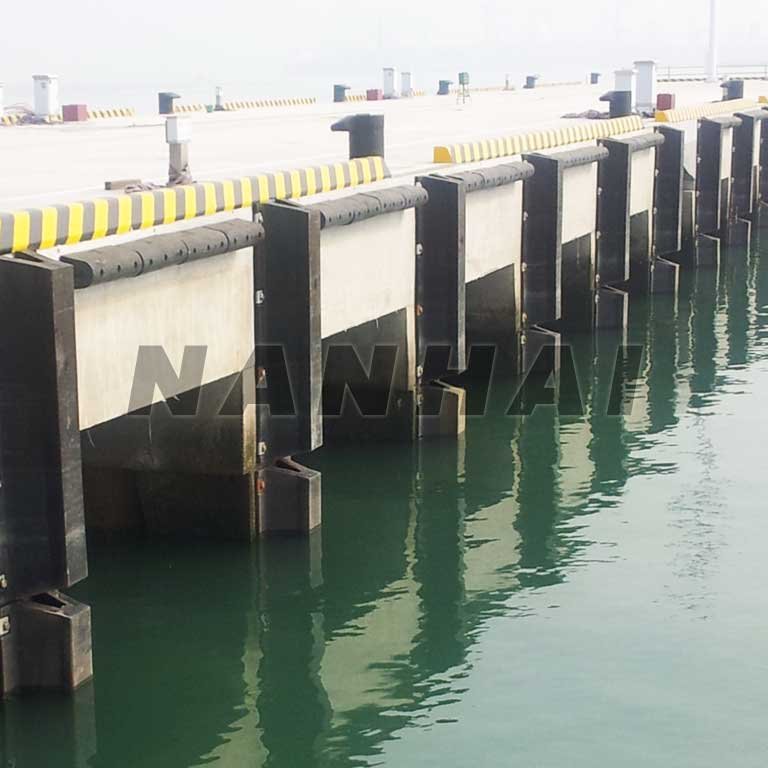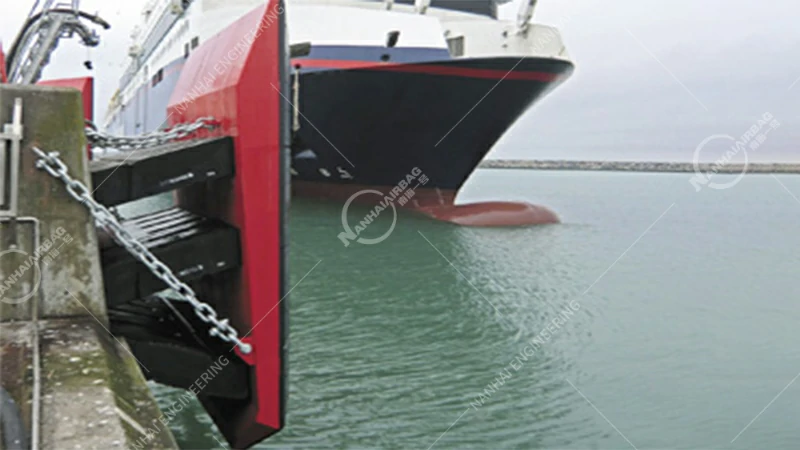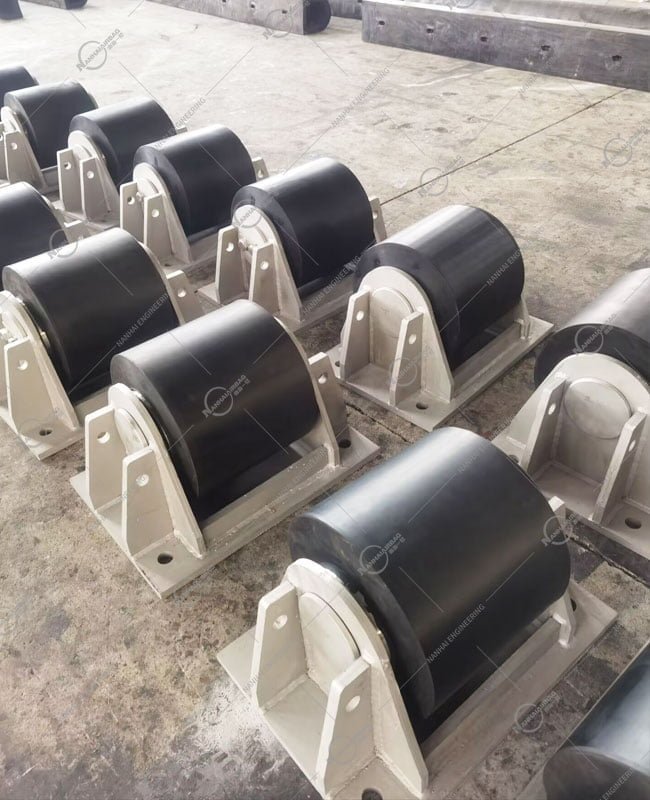Quelle est l'utilité des ailes Yokohama ?
05/04/2025Les défenses de bateau sont-elles toutes gonflables ?
05/05/2025Qu'est-ce qu'une défense marine ?
Pourquoi ce sujet est-il nécessaire et urgent ?
Avec l'augmentation du commerce mondial, les ports et les navires ont besoin d'une information fiable. systèmes d'ailes pour garantir la sécurité des opérations. Qu'il s'agisse d'un petit port de plaisance ou d'un grand centre de transport maritime, les défenses marines appropriées peuvent faire la différence entre une navigation en douceur et une collision désastreuse.
Extraits de page pour Google: défenses marines
Les défenses marines jouent un rôle essentiel dans la prévention des collisions, non seulement entre les navires, mais aussi entre les navires et les quais ou les ports. En général, les fabricants construisent ces défenses à partir de matériaux élastiques tels que le caoutchouc ou la mousse, qui absorbent l'énergie massive de l'accostage par compression. Par rapport aux quais non protégés, ceux qui sont équipés de défenses subissent beaucoup moins d'impacts, ce qui se traduit par une réduction des coûts de maintenance et des temps d'arrêt.
Des ouvriers installent des défenses sur les coques ou les proues des navires pour éviter les dommages lors des transferts de navire à navire. Leur objectif principal ? Éviter les accidents majeurs dans les opérations quotidiennes, réduire le nombre de victimes et protéger l'environnement marin.
Solutions de défenses marines sur mesure
Lors de la conception des défenses marines, les ingénieurs doivent prendre en compte de nombreux facteurs, tels que
- Taille et longueur du navire
- Emplacement et type de port
- Largeur de la voie d'eau
- Marée
- Conditions de l'eau à proximité
Heureusement, Nanhai fournit des solutions sur mesure pour répondre à chaque besoin unique.
Types de défenses marines
Nanhai propose une large gamme de défenses de haute performance, garantissant la durabilité dans les conditions les plus difficiles tout en minimisant les risques pour les ports et les navires.
Défenses pneumatiques
Principalement utilisées pour les transferts de marchandises d'un navire à l'autre, les défenses pneumatiques nécessitent peu d'entretien. Par exempleLes défenses pneumatiques de Nanhai n'ont besoin d'être rechargées que tous les six mois et sont conformes aux normes de l'Union européenne. Normes ISO 17357. En outreLes équipes peuvent les dégonfler et les plier pour les transporter à moindre coût. En outreCes défenses fonctionnent bien dans les ports où les marées sont importantes, car elles flottent en fonction du niveau de l'eau.

Défenses en mousse
Fabriqué à partir de Panneaux en mousse PE Grâce à leur structure à cellules fermées, les défenses en mousse de Nanhai bloquent la pénétration de l'eau. En conséquence, lesIls restent fonctionnels même en cas de chocs violents, sans éclater. De plus, a revêtement en polyurée renforce la résistance à la corrosion et aux rayures, prolongeant ainsi leur durée de vie. Le meilleur de tousLes clients peuvent personnaliser l'épaisseur et la couleur.

Garde-boue en forme de beignet
Les ouvriers montent ces défenses sur des pieux d'acier immergés, ce qui leur permet de tourner et de flotter au gré des marées. Généralementils sont placés à coins de quai et entrées de chenaux étroits pour aider les navires à virer de bord en toute sécurité. PlusLeurs couleurs vives servent de guides visuels.

Défenses Super Cell
L'un des modèles les plus anciens et les plus fiables, Défenses Super Cell restent populaires parce que ils sont faciles à installer, leur structure est simple, ils nécessitent peu d'entretien et ils sont résistants. ActuellementNanhai propose dimensions standard (500mm-3000mm) et sur mesure.

Super Défenses à cône
Grâce à leur forme conique, ces défenses excellent dans les ports soumis à des variations extrêmes de la marée, offrant ainsi une protection de premier ordre. résistance au cisaillement et à la compression. En effet, le centre de Nanhai Super Cône Défenses (une amélioration par rapport à des conceptions vieilles de 25 ans) supportent des panneaux plus grands avec presque aucune perte de performance à une déflexion de 10.

Super Défenses en caoutchouc en forme d'arche
Stables et nécessitant peu d'entretien, les défenses en arceau permettent de gérer environnements à haute pression bien, en particulier pour les navires de taille moyenne. SouventLes équipages les associent à ailes cylindriques pour une protection supplémentaire.

Défenses cylindriques en caoutchouc
Les ailes cylindriques sont les plus répandues dans le monde et se distinguent par leur forme. parce que ils sont facile à installer, abordable et adaptable. Vous les trouverez dans:
- Couchettes pour marchandises en vrac
- Quais de marchandises diverses
- Terminaux RoRo et ferry
- Postes d'amarrage pour bateaux de pêche et de travail
- Structures flottantes et abris pour remorqueurs

Défenses élémentaires en caoutchouc
Ces ailes présentent les caractéristiques suivantes pieds en caoutchouc préformés Les plaques sont encastrées et absorbent l'énergie élevée tout en minimisant le rebond. En ce moment mêmeNanhai supplies Dimensions de 300 mm à 1600 mm (y compris des modèles personnalisés), ce qui les rend parfaits pour les espaces restreints.

Ailes en caoutchouc composite
Par mélange l'élasticité du caoutchouc avec Faible friction et durabilité de l'UHMW-PECes garde-boue utilisent vulcanisation spéciale pour un lien plus fort. Les utilisations courantes sont les suivantes:
- Docks et remorqueurs
- Protection du pont
- Les voies navigables
- Plateformes d'atterrissage
- Postes d'amarrage pour petits bateaux

Ailes en caoutchouc extrudé
- Type D: En forme de D avec un trou central en D (DD) ou rond (DO), les ouvriers les boulonnent directement sur les quais, même dans les courbes.
- Type carré: Profilé carré avec trou central D (SD) ou rond (SO). Disponible en noir/gris marine (couleurs personnalisées)Ils sont également accompagnés de Panneaux UHMW-PE.

Défenses pour remorqueurs
Les remorqueurs s'appuient sur des défenses cylindriques comme tampons d'étrave/de poupe. En raison de leur forme arrondieIls conviennent parfaitement aux arcs de grande taille et aux flancs de navire. EtNanhai propose des longueurs sur mesure.

Défenses à rouleaux
En grande partieLes équipes les installent dans des endroits étroits tels que murs de cale sèche pour guider les navires en douceur. AlternativementIls sont utilisés dans les coins et les entrées verrouillées où une faible absorption d'énergie est essentielle. Depuis ils utilisent roulements en acier inoxydable et en matériaux compositesIls n'ont pratiquement pas besoin d'être entretenus. PlusIls peuvent être empilés.

Nanhai fournit des défenses marines de haute performance pour chaque scénario, assurant la sécurité, la durabilité et l'efficacité des opérations maritimes mondiales.
les gens demandent aussi
- En quels matériaux les défenses marines sont-elles fabriquées ?
Les matériaux courants sont le caoutchouc naturel, le caoutchouc synthétique (EPDM, SBR), la mousse (PE, PU) et les matériaux composites comme l'UHMWPE pour la résistance à l'usure. - Quelle est la différence entre les ailes de cellule et les ailes de cône ?
Les défenses cellulaires offrent une compression uniforme pour une protection globale, tandis que les défenses coniques offrent une plus grande résistance au cisaillement, ce qui est idéal pour les zones de marée ou les impacts obliques. - Quelles sont les normes ISO pour les défenses pneumatiques ?
Les normes clés comprennent la norme ISO 17357. - Quelles défenses conviennent le mieux aux terminaux de bateaux de croisière ?
Les grandes défenses cylindriques ou pneumatiques sont préférées pour leur grande capacité d'absorption d'énergie et leur contact doux avec la coque afin d'éviter les dommages esthétiques.
